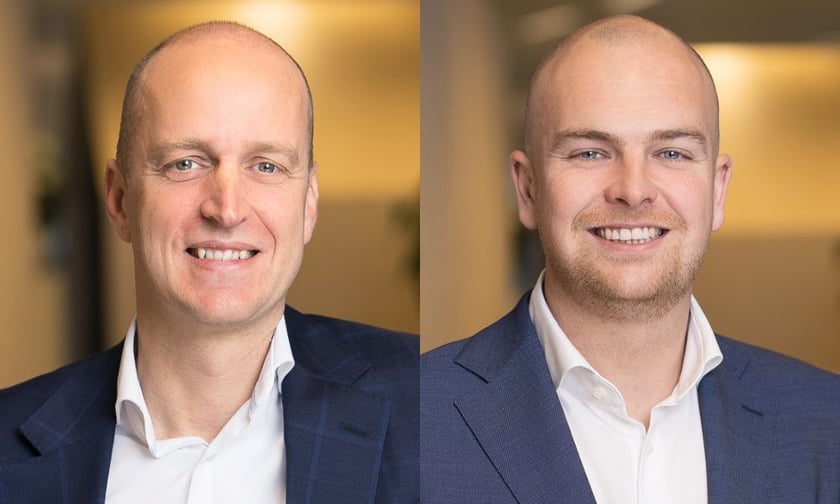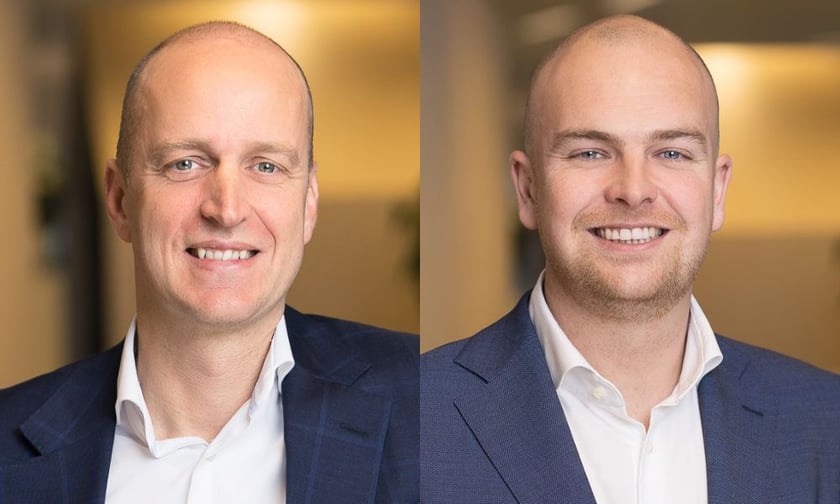
Veteran underwriters announced to lead the new line-up

Aram Stoop (pictured left) and Pim de Pooter (pictured right) have been tapped to lead DUAL Europe’s marine hub. Initially, the hub will offer coverage for ocean and inland hull, builders risks, cargo, and land equipment. The focus will be on delivering underwriting and claims handling services to the broker community, emphasising technical expertise and efficiency.
Stoop, with over two decades of experience in the insurance industry as a marine surveyor and head of loss prevention engineering, will serve as the head of marine. De Pooter, joining as the lead underwriter for marine hull, brings more than 13 years of experience as a hull underwriter across various products, and was most recently a lead class underwriter for a market-leading portfolio of ocean and inland hull.
“This is a significant step for DUAL Europe. We have always been a natural home for underwriting talent, and we’re delighted that Aram and Pim have chosen to bring their considerable expertise to DUAL. Marine adds a new business line to our European offering and locating our Marine Hub in Rotterdam puts us strategically in the centre of this historically important region, and well positioned to service our extensive broker network,” DUAL Europe CEO Olaf Jonda said.
What are your thoughts on this story? Please feel free to share your comments below.
Related Stories
Keep up with the latest news and events
Join our mailing list, it’s free!

This page requires JavaScript


















